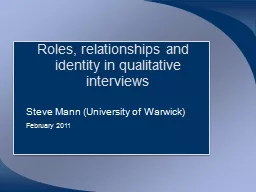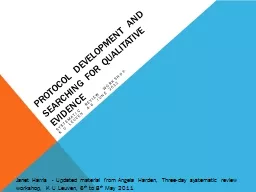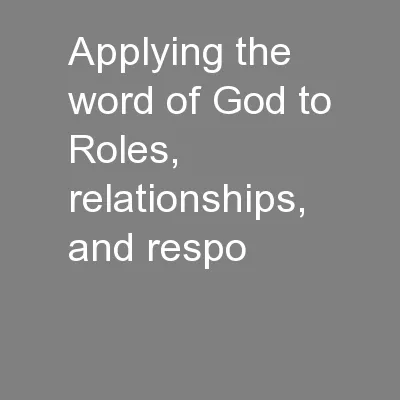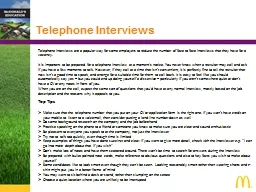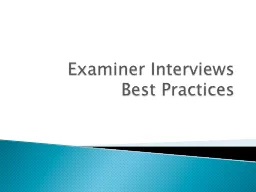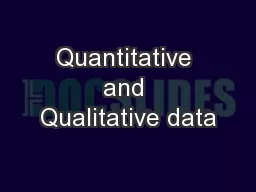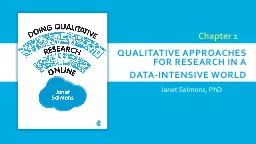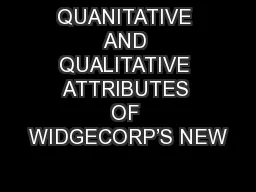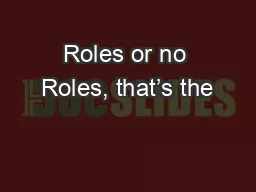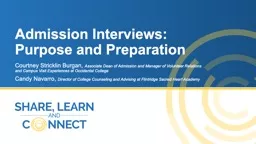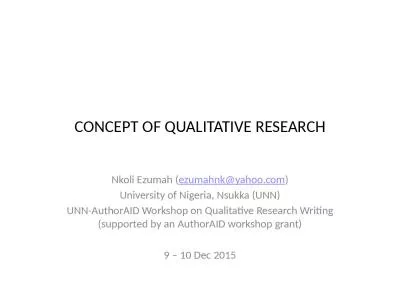PPT-Roles, relationships and identity in qualitative interviews
Author : kittie-lecroy | Published Date : 2015-10-26
Steve Mann University of Warwick February 2011 Aims of talk Share views from related disciplines concerning analysis and representation of roles and identity in
Presentation Embed Code
Download Presentation
Download Presentation The PPT/PDF document "Roles, relationships and identity in qua..." is the property of its rightful owner. Permission is granted to download and print the materials on this website for personal, non-commercial use only, and to display it on your personal computer provided you do not modify the materials and that you retain all copyright notices contained in the materials. By downloading content from our website, you accept the terms of this agreement.
Roles, relationships and identity in qualitative interviews: Transcript
Download Rules Of Document
"Roles, relationships and identity in qualitative interviews"The content belongs to its owner. You may download and print it for personal use, without modification, and keep all copyright notices. By downloading, you agree to these terms.
Related Documents

